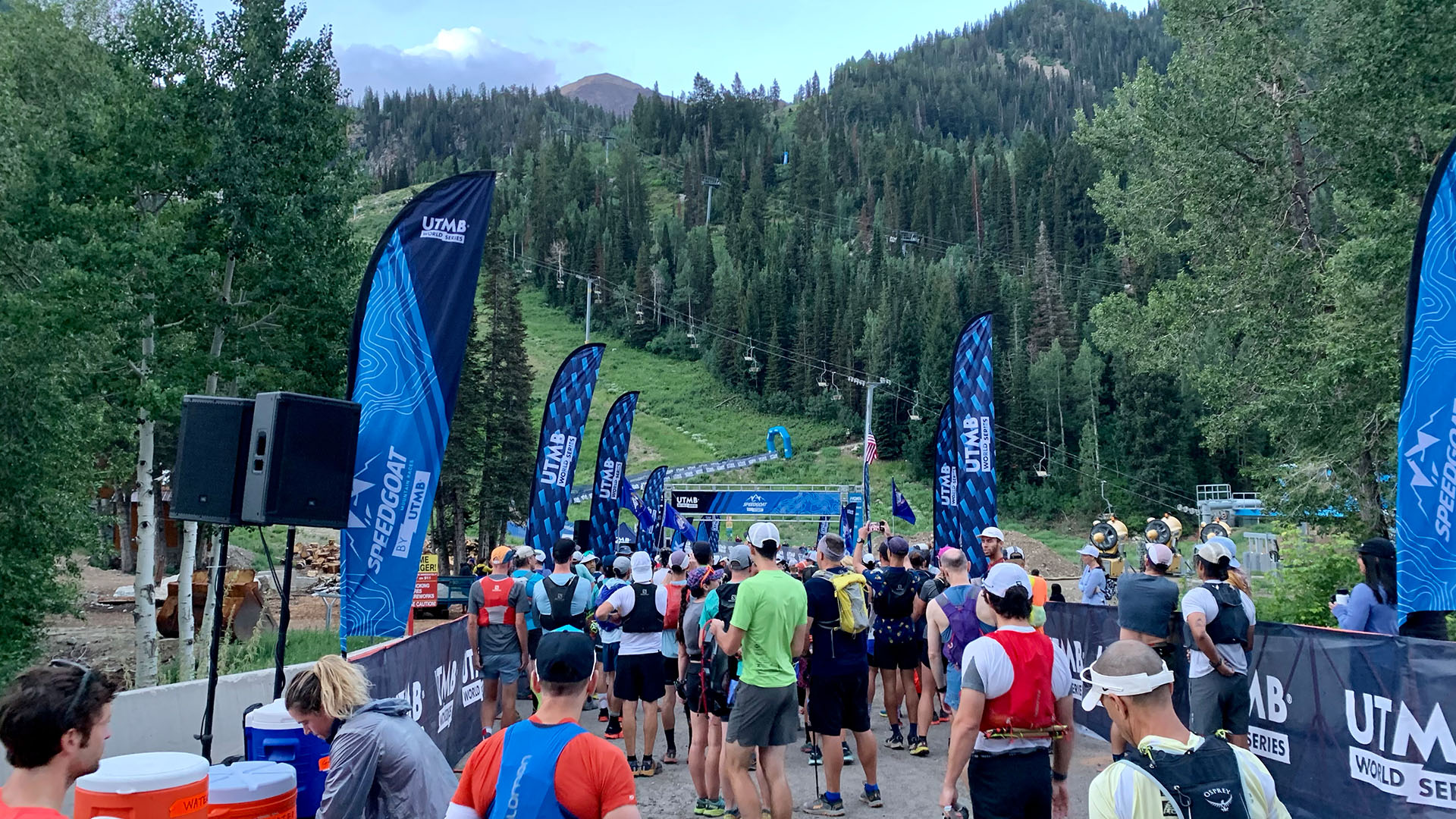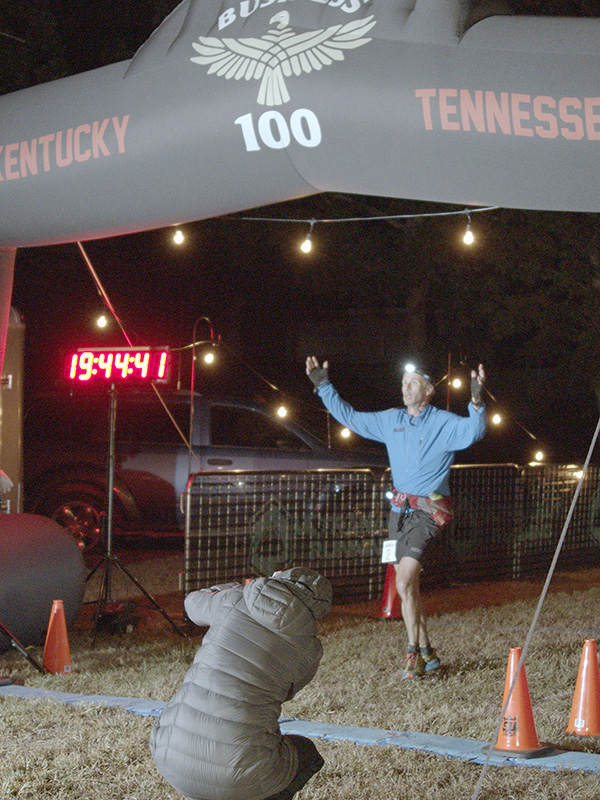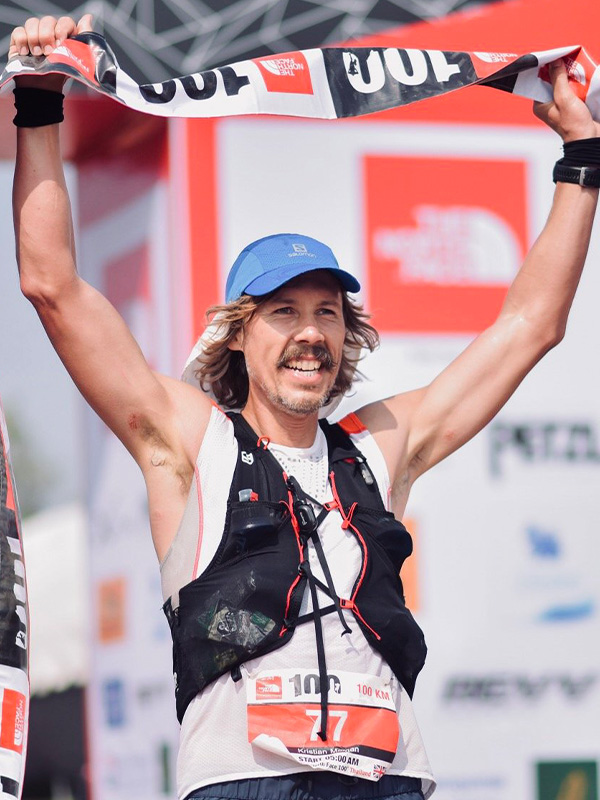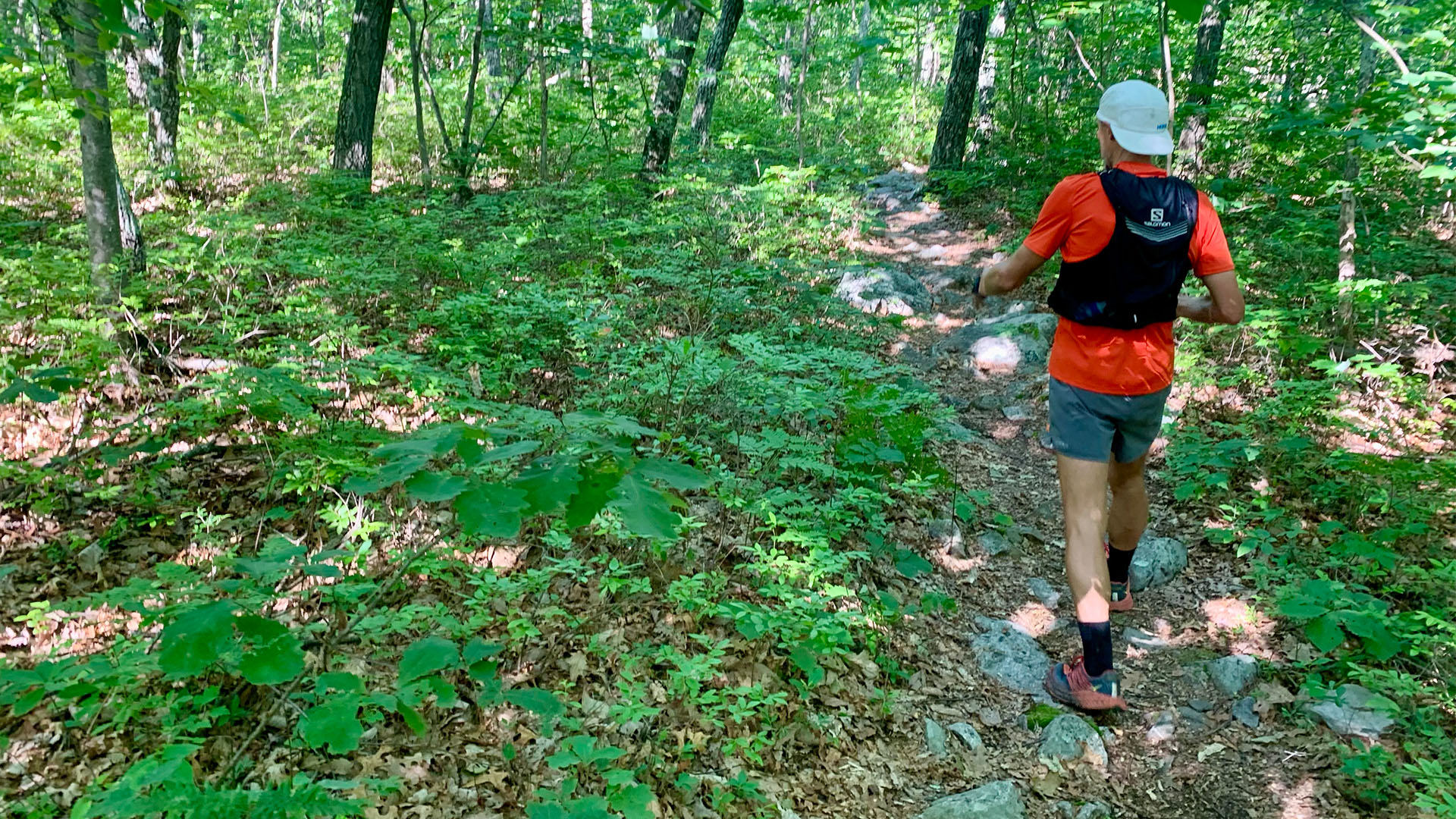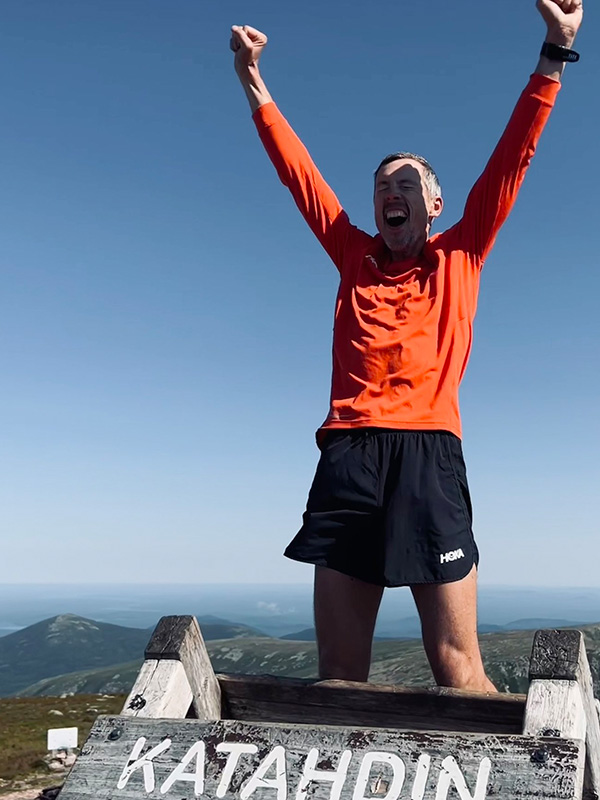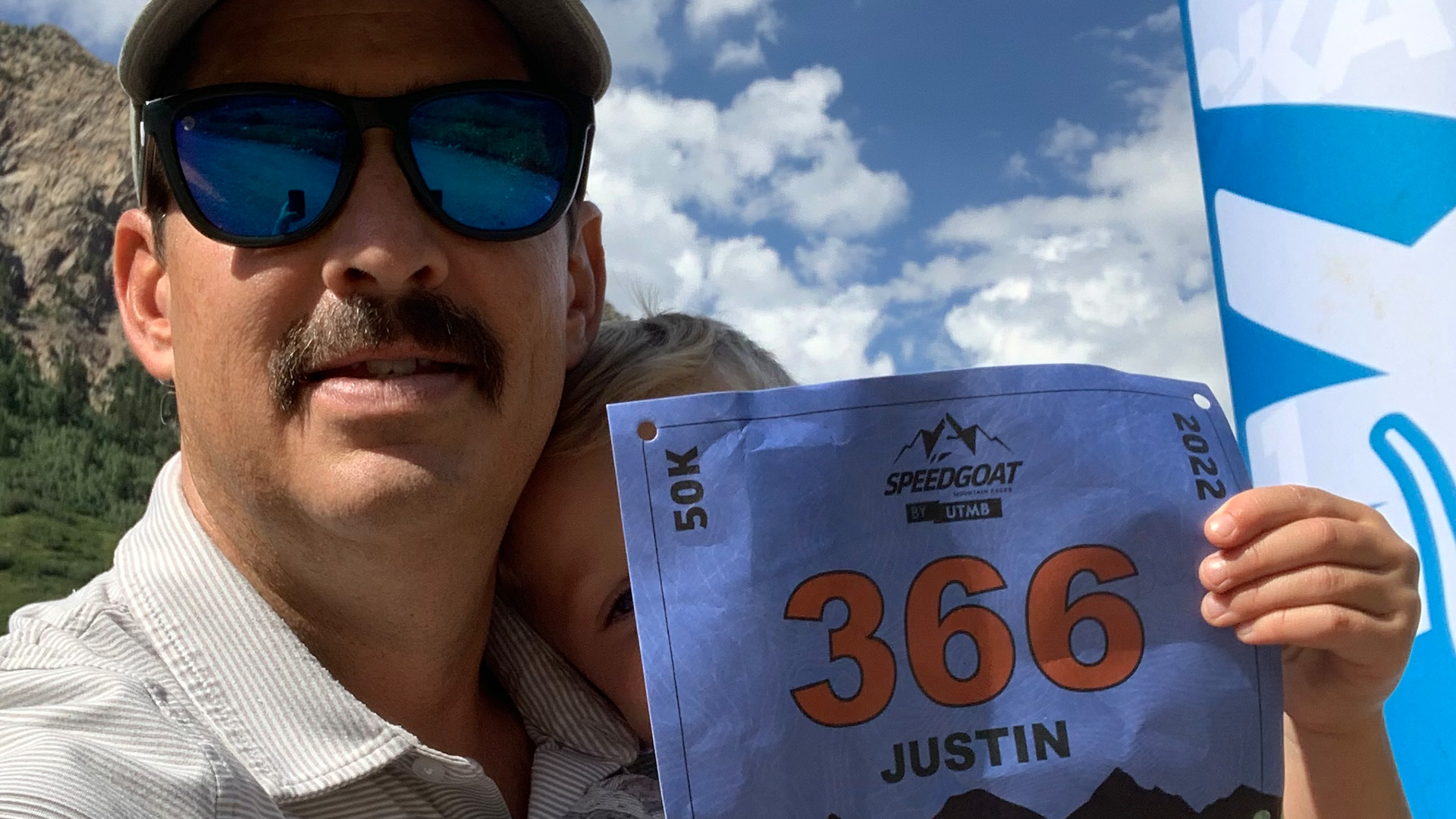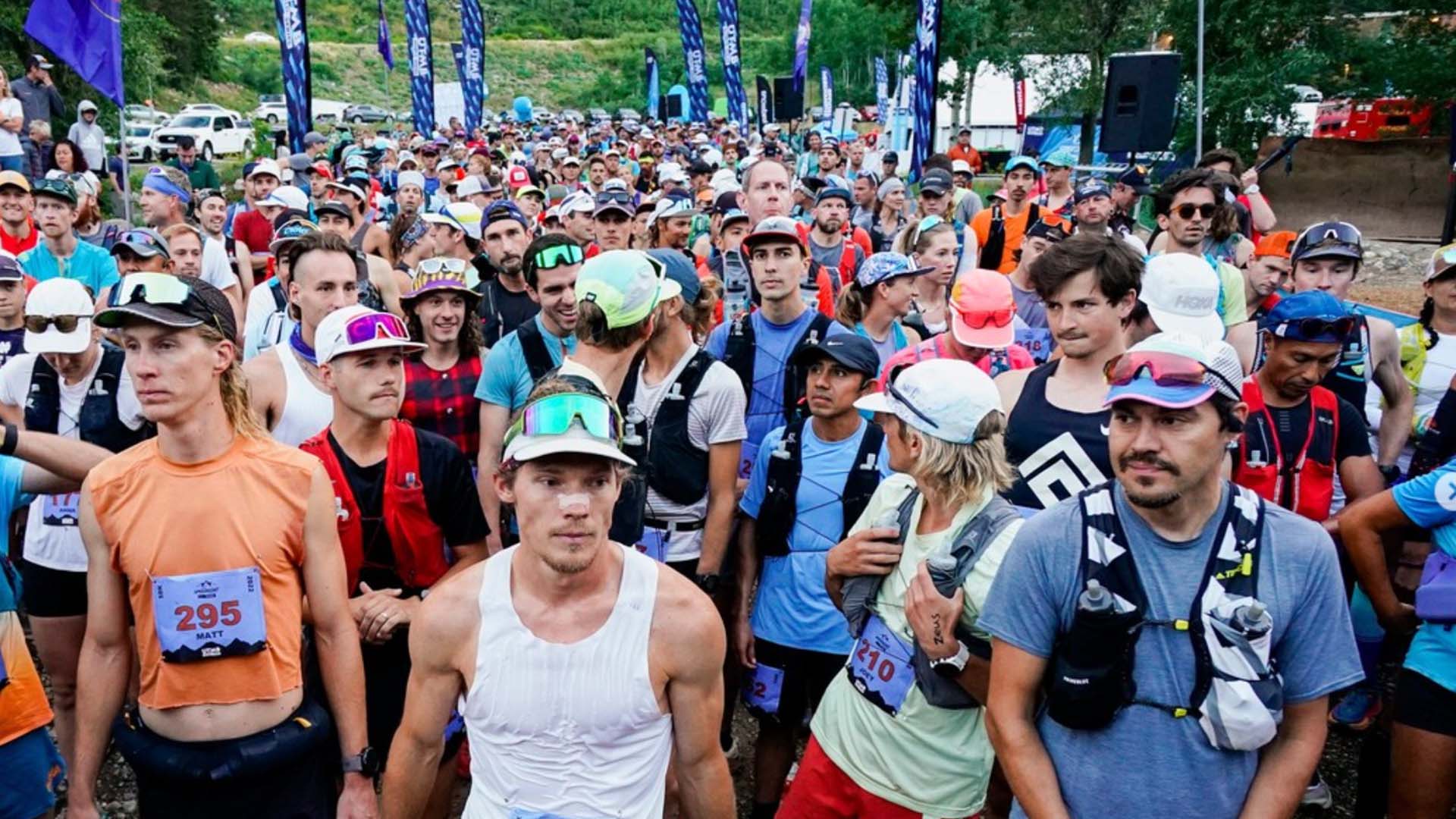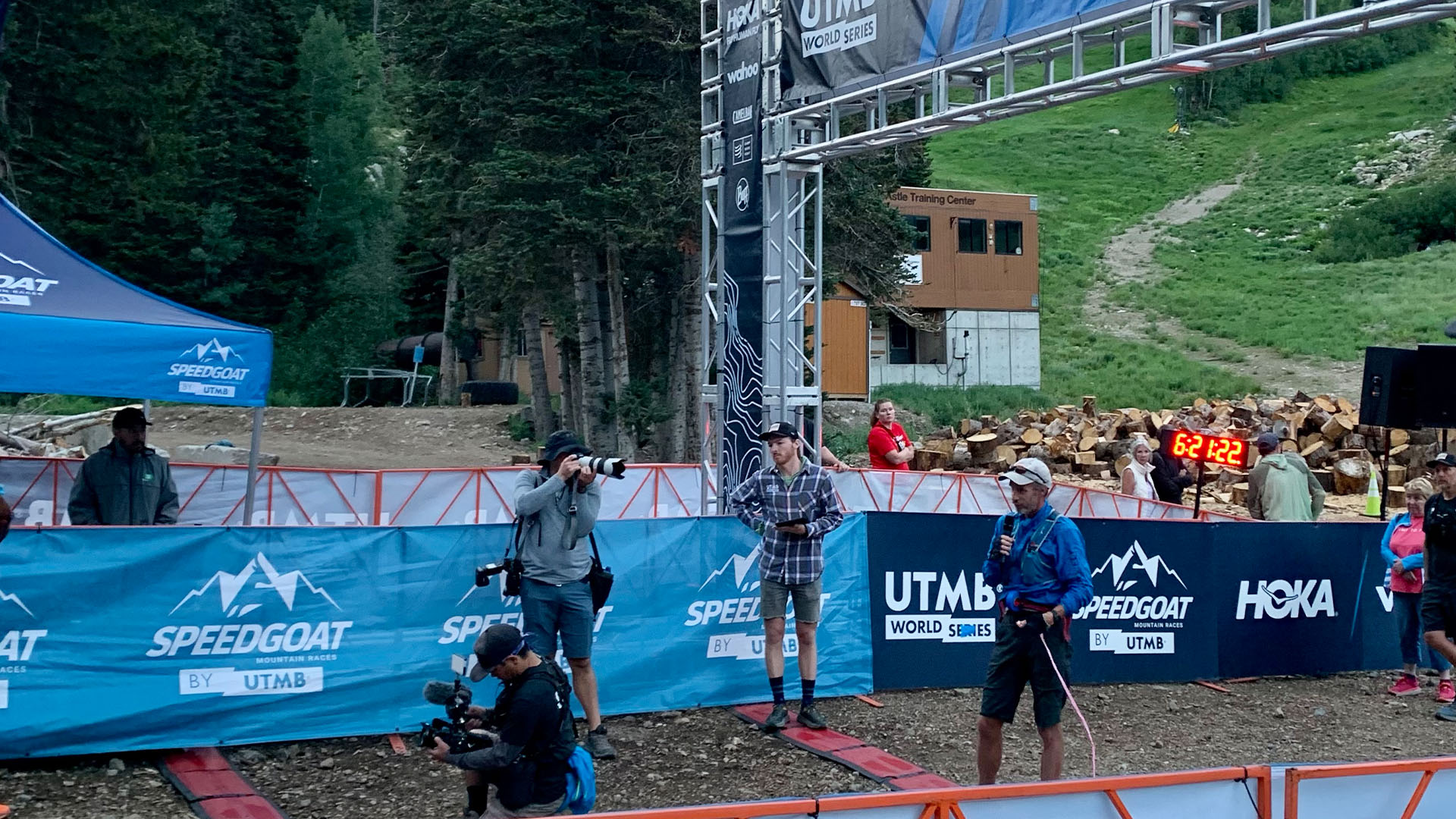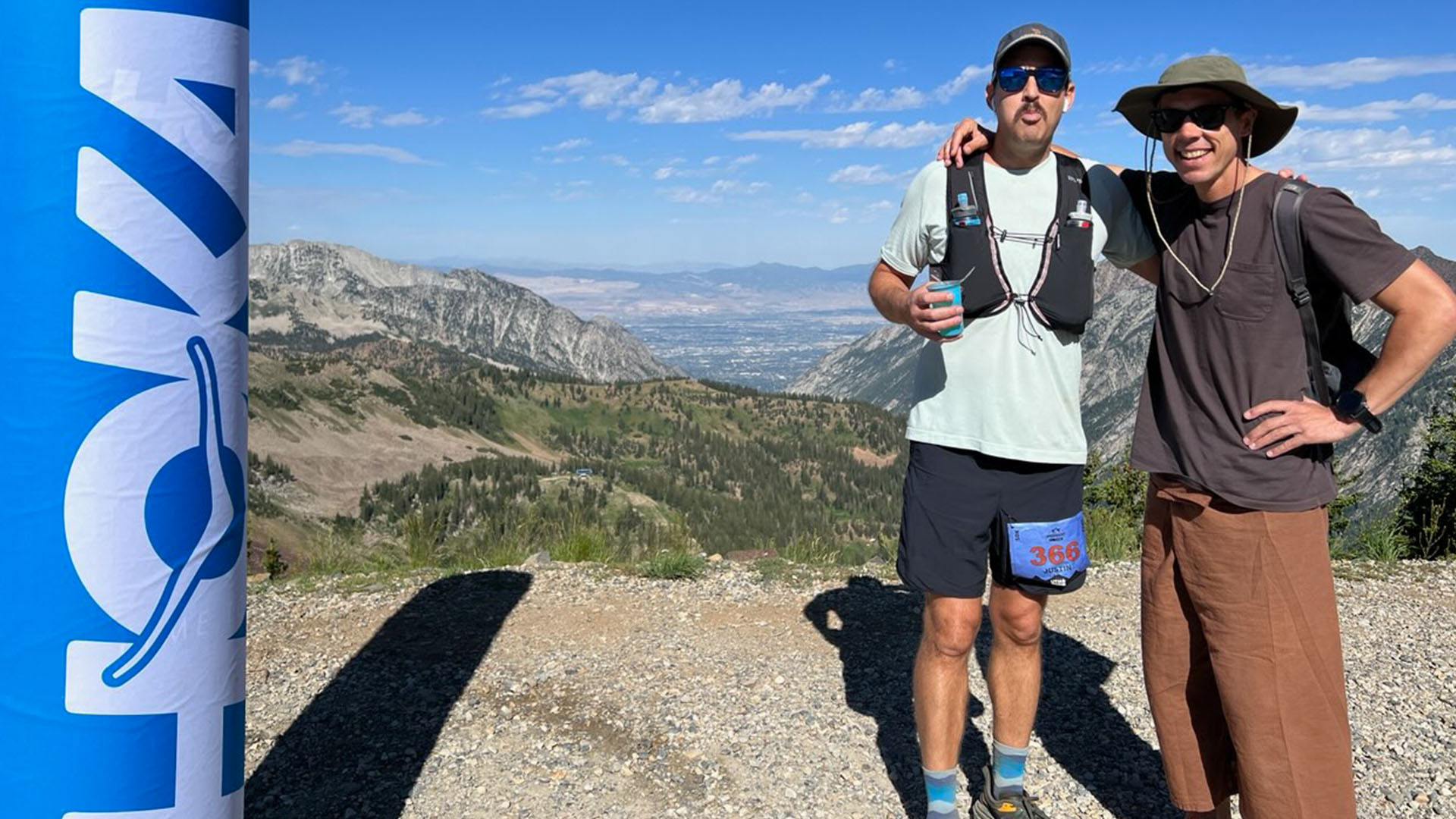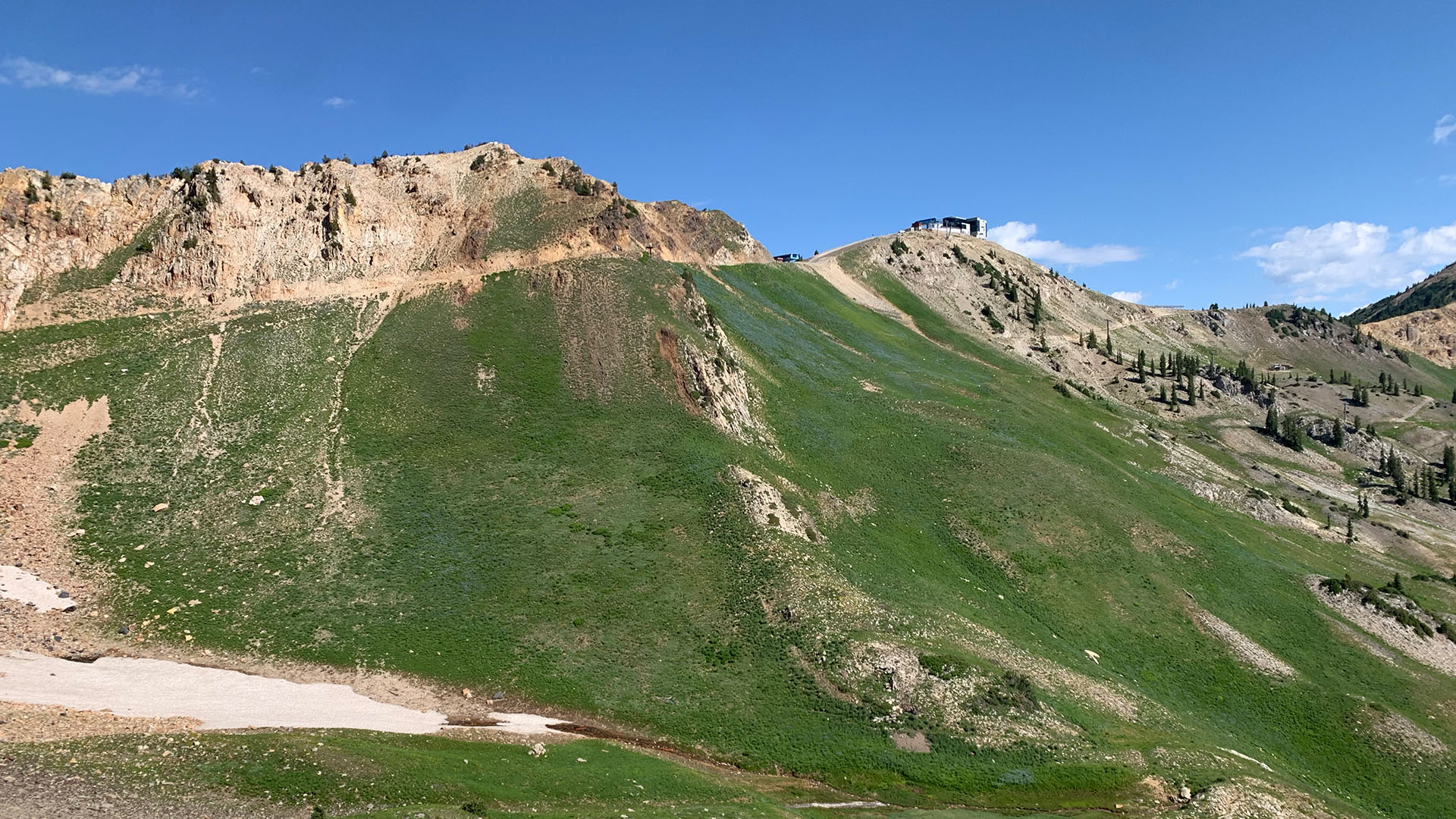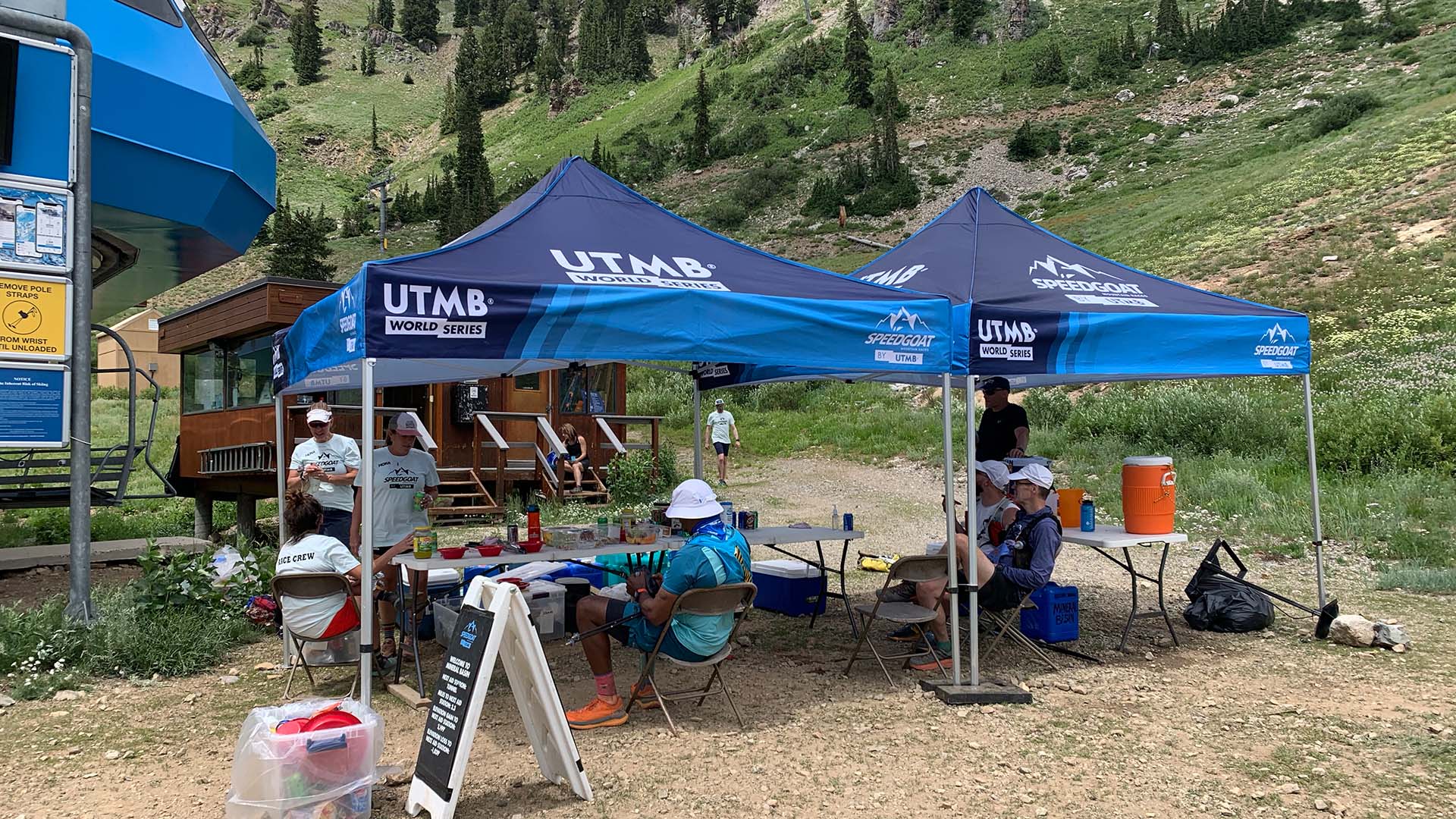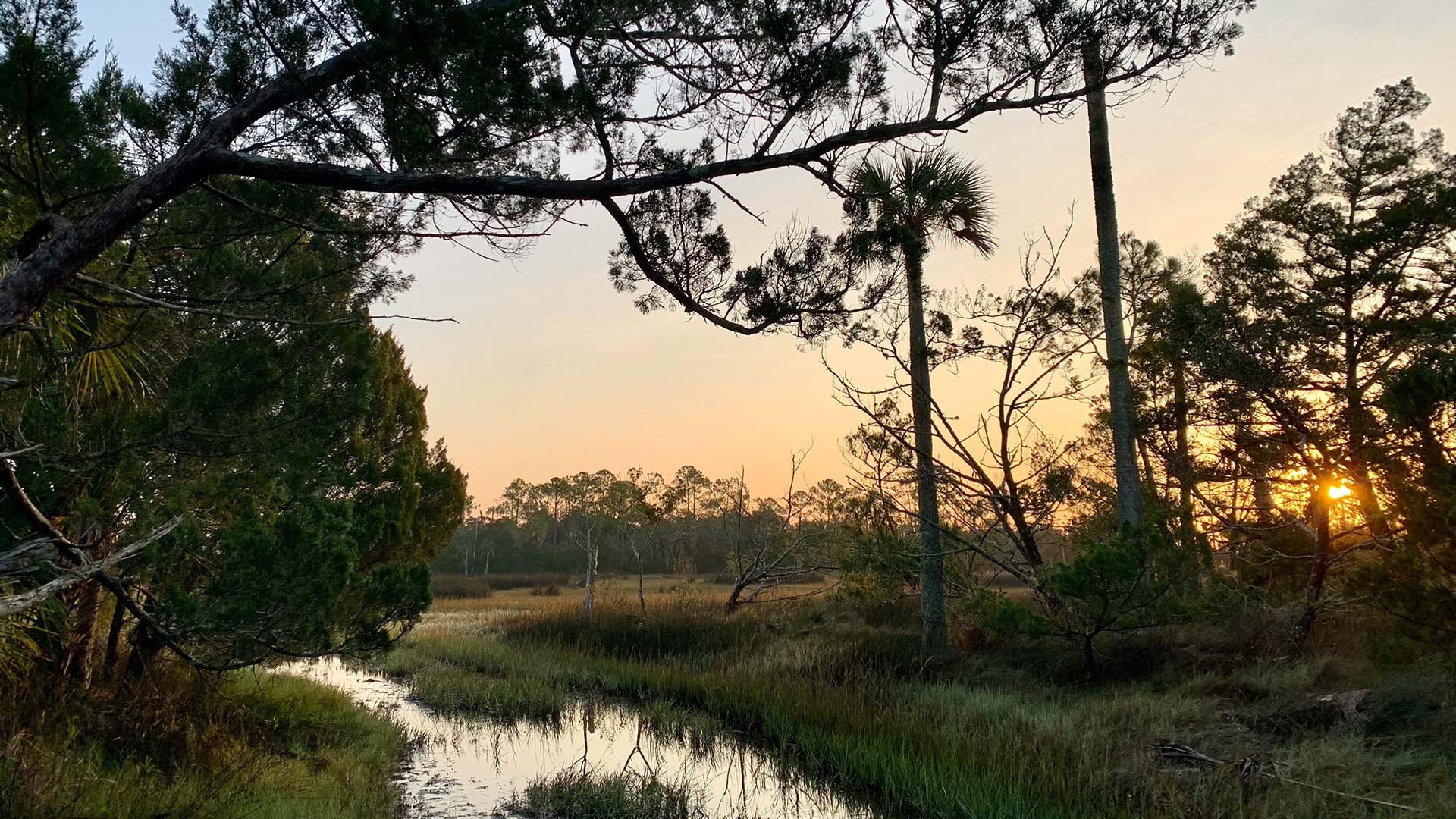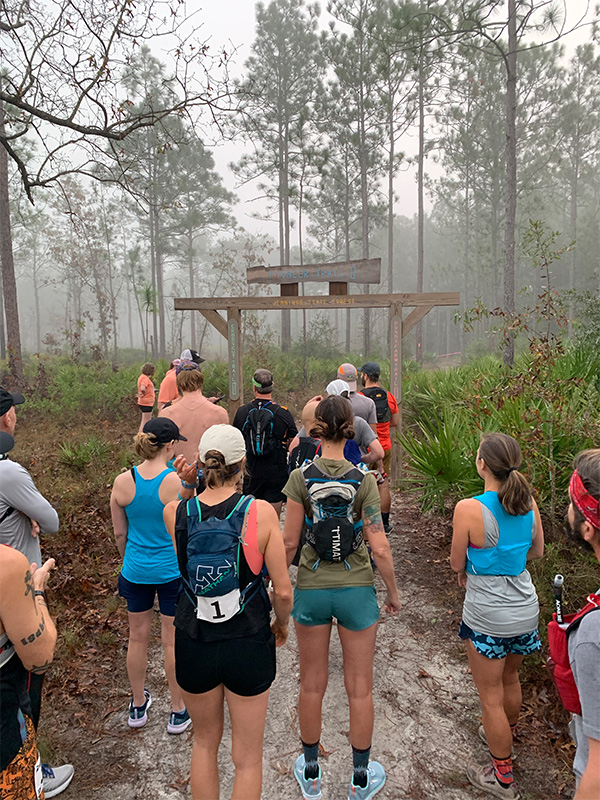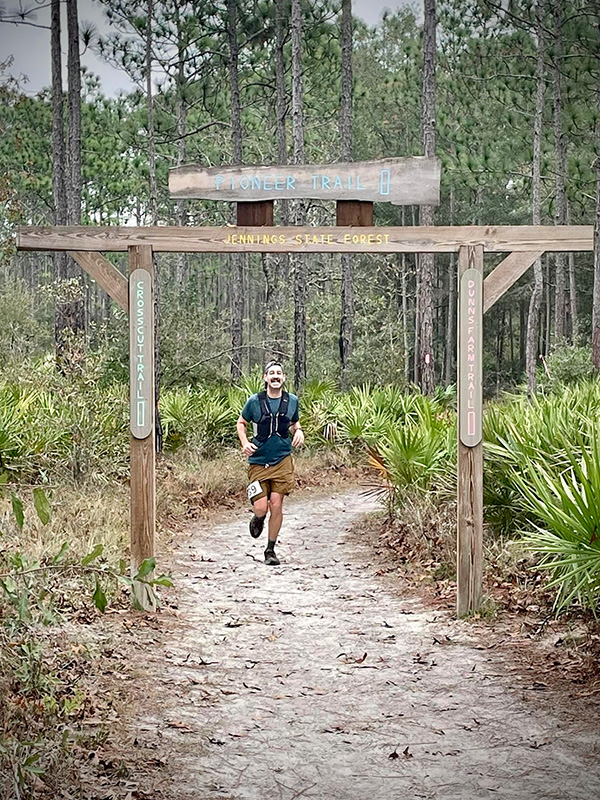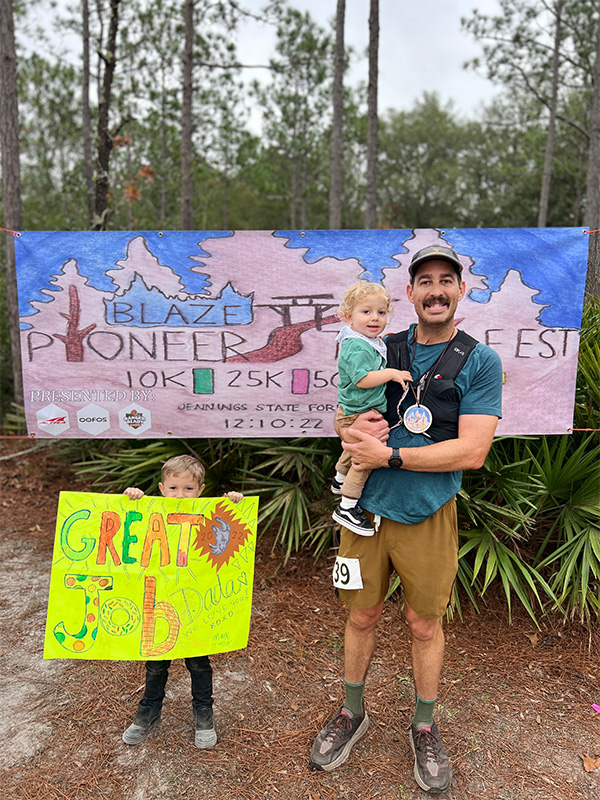Overcoming Injuries, Setbacks & Training
I spent nearly all of 2021 hurt, trying to figure out how to fix the plantar fasciitis in both of my feet, upper ITB pain, and my wrecked hip flexors; $1600 worth of custom foot inserts, 3 months of intense physical therapy at the Mayo Clinic (an orthopedic surgeon found no acute injuries), strength training, mountain biking, swimming, yoga, foam rolling, spiky balls etc. Nothing seemed to really work, and I started feeling hopeless about completing an ultra.
If you read the first article in this series, you may remember that I worked on a documentary about Karl’s record setting attempt on the Appalachian Trail. Karl and I reconnected a couple of years later to collaborate on a new project, so we talked often. Frustrated with where I was in my injury recovery, I asked him for help. He said he’d coach me, but “he doesn’t do injuries,” because he’s not a physical therapist. He gave me some helpful advice though. He recommended 5-6 days a week of slow jogging, only on trails or grass, and for no more than 30 minutes at a time. He said “do this until your pain levels come down and then we can talk about a training schedule.”
After exactly one week of Karl’s prescribed light running, life got in the way. I only averaged 3 days a week for the next month. Then the holidays hit and I couldn’t seem to find the time for more miles. The last week of December was the worst, only two days and about 7 miles. I decided to treat the new year as a reset and jump back into the light training regimen. Turns out that the lower volume on the soft surfaces allowed my body to heal. When I started back on the trails, I logged 5 runs and 26 miles during the first week of January. The next week 29 miles, followed by a step down to 24, then back up to 26. I was feeling pretty good. The pain in my hips and feet had dialed down significantly. Then, the evening after a 5.5 mile trail run, I started to feel sick. The next morning I felt like a semi truck hit me. An ‘at home’ test confirmed it was Covid. 2 years into the pandemic and I finally got the ‘Vid. Not just me, but the whole family.
I could feel the virus moving through every cell in my body, and the pain I worked so hard to overcome returned full force. I couldn’t run for 8 days. My joints were screaming at me every time I moved, and the head fog was just crazy. It was the weirdest sick I’ve ever felt in my life. On day 9, I said screw it and ran for 30 minutes, and then ran again the next day for another 30. I could handle it. From then on I jumped back in, and slowly averaged back up to 15+ miles a week, followed by twenty+ miles a week, and then up to 30+. I stuck to the trails as much as my schedule would allow.
One day after finally feeling healthy again, I went for a run on the only real technical trail in my area. I got complacent on a downhill section, my foot caught a root and I crashed into the pine straw covered trail. The wind was knocked out of me, and it took a minute or two to recover my faculties. I was able to recover and finish my run, but I was reminded to stay focused on every foot fall.
I’m fully aware that what I’m dong is completely voluntary, but I have to find out if I can run 31 miles. Two projects I’m working on require knowledge of long distance trail running – – beyond tons of research, the best way I know is full immersion including participation. Plus, my physical therapist told me ultra runners were wired differently than he and I were. They didn’t experience pain in the same way, and I’d probably never complete an ultra. Yeah, okay buddy. I will prove you wrong. Some people’s shoulder chips come from being told they cannot do something.

